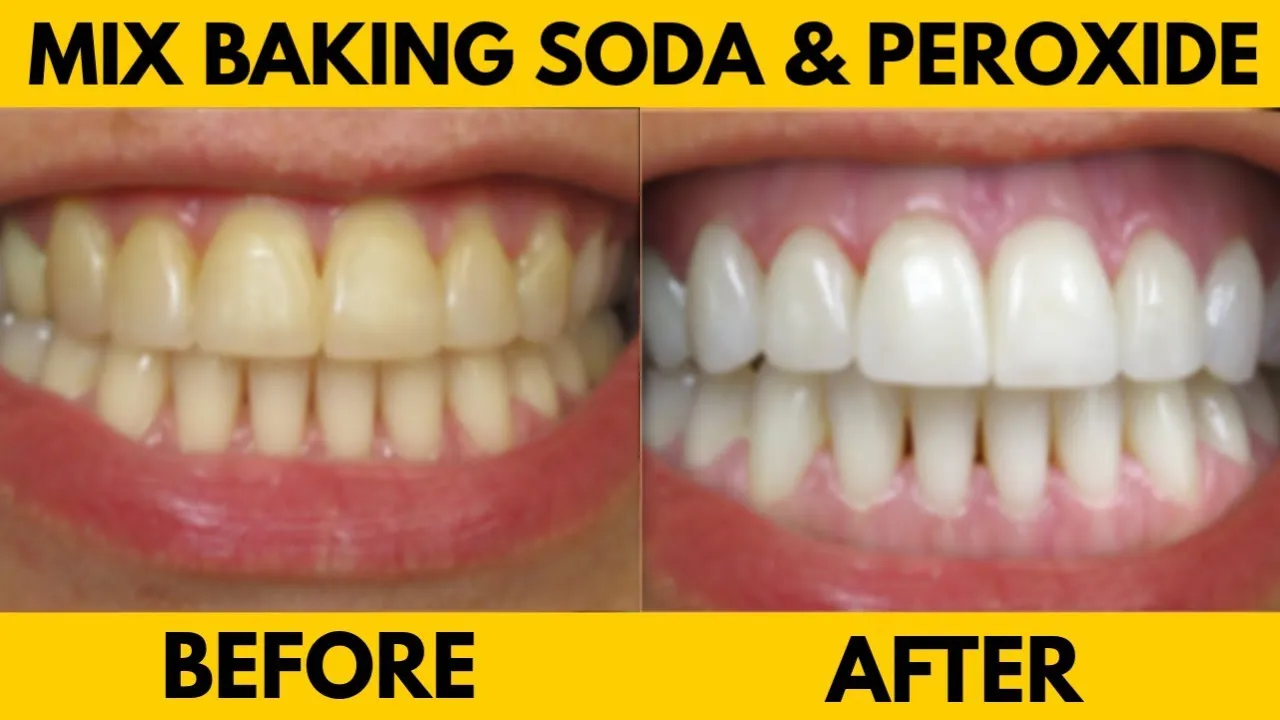Top 5 Teeth Whitening Recipes
A dazzling smile is a universal sign of health and confidence. Many people seek ways to brighten their teeth, and while professional whitening treatments are available, they can be costly. Luckily, there are several effective, and often natural, teeth whitening recipes you can try at home. This article explores five popular teeth whitening recipes, providing detailed instructions and insights into how each works. These recipes offer a range of options for achieving a brighter smile, from simple ingredients you likely have in your kitchen to more specialized items. It is important to note that, as with any home remedy, consulting with a dentist is always recommended before trying any new treatment.
Recipe 1 Hydrogen Peroxide and Baking Soda
Hydrogen peroxide and baking soda are a classic combination for teeth whitening, often praised for their effectiveness. Both ingredients have properties that contribute to a brighter smile. Hydrogen peroxide is a mild bleaching agent that helps to oxidize stains, while baking soda acts as a gentle abrasive, aiding in stain removal. When used together, they create a powerful, yet affordable, teeth whitening solution. However, it is crucial to use these ingredients with caution and moderation to avoid potential enamel damage or gum irritation. Always follow the recommended guidelines and consult with a dental professional for personalized advice.
Ingredients for Hydrogen Peroxide and Baking Soda Recipe
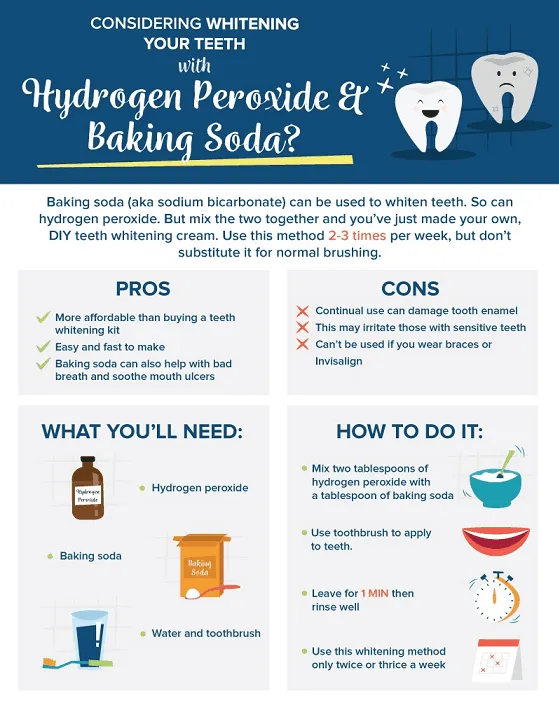
To prepare this recipe, you’ll need a few simple ingredients that are commonly found in most households. These are hydrogen peroxide (3% solution), baking soda, and water. The hydrogen peroxide acts as the primary whitening agent, while baking soda helps to gently scrub away surface stains. Water is used to create a paste-like consistency for easier application. It’s very important to use the 3% hydrogen peroxide solution, which is safe for oral use. Make sure to use fresh, food-grade baking soda to avoid any additives that could be harmful.
Step-by-Step Guide
Start by mixing one tablespoon of baking soda with two tablespoons of 3% hydrogen peroxide in a small bowl. Add a small amount of water if needed to achieve a paste-like consistency. The mixture should be thick enough to stay on your toothbrush but not so thick that it’s difficult to apply. Once the mixture is ready, apply it to your toothbrush and brush your teeth gently for about two minutes. Rinse thoroughly with water after brushing. It is important to be gentle to avoid damaging your enamel. Repeat this process no more than once or twice a week to prevent any adverse effects.
How it Works for Teeth Whitening
The effectiveness of this recipe lies in the combination of its ingredients. Hydrogen peroxide, a mild oxidizing agent, penetrates the enamel to break down stain molecules. It essentially bleaches the teeth, removing discoloration caused by foods, drinks, and other staining agents. Baking soda enhances the whitening effect by gently removing surface stains and plaque through abrasion. This gentle abrasion helps to polish the teeth, making them appear brighter. The chemical reaction between hydrogen peroxide and baking soda also contributes to the whitening effect, releasing oxygen that further lifts stains. The combined action provides a noticeable whitening effect over time.
Recipe 2 Coconut Oil and Baking Soda
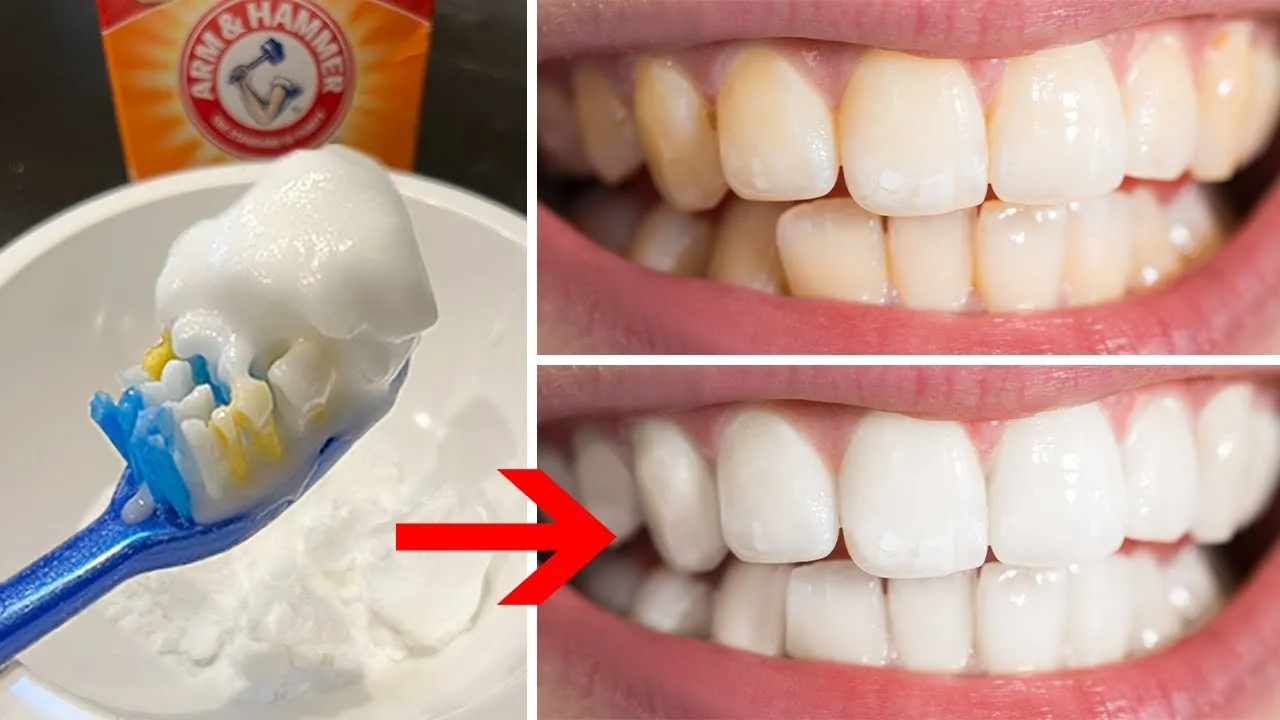
Coconut oil and baking soda offer another natural approach to teeth whitening. This combination leverages the antibacterial and oil-pulling properties of coconut oil, alongside the abrasive action of baking soda. Coconut oil can help reduce bacteria in the mouth and may contribute to overall oral health, while baking soda helps remove surface stains. This method is considered gentler than using hydrogen peroxide. However, results may vary, and it’s crucial to use the right proportions to prevent any potential harm to the enamel.
Ingredients for Coconut Oil and Baking Soda Recipe
For this recipe, you’ll need organic, virgin coconut oil and baking soda. High-quality coconut oil is crucial for its antibacterial and health benefits. The baking soda provides a gentle abrasive action to remove surface stains. The ratio can be adjusted, but a common starting point is to use equal parts of both ingredients. Ensure you’re using fresh, food-grade baking soda to avoid any unnecessary additives. Having these simple ingredients ready makes this recipe convenient and easy to prepare.
Step-by-Step Guide
Begin by mixing equal parts of coconut oil and baking soda in a small container. The amount will depend on how many times you plan to use the mixture. Stir until you get a smooth paste. This might take a few minutes, especially if the coconut oil is solid. Apply a small amount of the paste to your toothbrush. Brush your teeth gently for about two minutes. Rinse thoroughly with water. Use this paste no more than two to three times per week. It is important to note that excessive use can cause sensitivity. Consistent use is recommended for optimal results.
How it Works for Teeth Whitening

Coconut oil works by reducing plaque and bacteria in the mouth through its oil-pulling properties. This helps to remove some surface stains and improves overall oral health. Baking soda provides a gentle abrasive action that helps remove surface stains. The combination gently cleans and polishes the teeth, leading to a brighter appearance. While the whitening effect may be more subtle compared to recipes with hydrogen peroxide, the benefits of coconut oil, such as its antimicrobial properties, contribute to a healthier mouth and potentially whiter teeth over time. The gentle nature makes it a safer option for those with sensitive teeth.
Recipe 3 Lemon Juice and Baking Soda
Lemon juice and baking soda is another popular teeth whitening recipe, often used for its perceived effectiveness in stain removal. Lemon juice is a natural bleaching agent due to its citric acid content, while baking soda provides a gentle abrasive action to remove surface stains. However, this combination is acidic and can be harsh on tooth enamel, so it is essential to use this recipe with extreme caution and sparingly to avoid potential damage to your teeth.
Ingredients for Lemon Juice and Baking Soda Recipe
To prepare this recipe, you will need fresh lemon juice and baking soda. Freshly squeezed lemon juice is the best option, as it contains the most citric acid. Make sure you are using fresh, food-grade baking soda. Water is also needed to control the consistency of the mixture. A good rule of thumb is to use a small amount to avoid over-acidity and potential damage. These ingredients are often available in most kitchens, making this recipe easily accessible.
Step-by-Step Guide
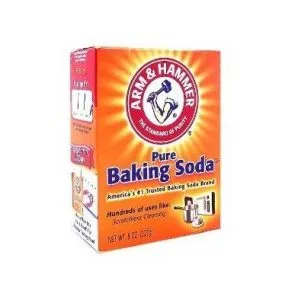
Mix a small amount of lemon juice (a few drops) with baking soda until you form a paste. Apply the paste to your toothbrush. Brush your teeth very gently for no more than one minute. This short brushing time minimizes the risk of enamel erosion. Rinse your mouth thoroughly with water. Due to the acidity of lemon juice, you should only use this recipe once a week at most. Always monitor your teeth for any signs of sensitivity or damage. A good practice is to consult with a dentist.
How it Works for Teeth Whitening
Lemon juice contains citric acid, which acts as a natural bleaching agent. It can help to break down stains and brighten the teeth. The baking soda provides a gentle abrasive action that helps to remove surface stains. However, the high acidity of lemon juice can be very damaging to tooth enamel. The acid can erode the enamel, making teeth more sensitive and vulnerable to decay. Because of this, the recipe’s use should be very infrequent, and teeth should be thoroughly rinsed after use to neutralize the acid. Long-term or frequent use is strongly discouraged.
Recipe 4 Activated Charcoal
Activated charcoal has gained popularity as a teeth whitening agent due to its absorbent properties. It is a fine, black powder that can remove surface stains from teeth. While not a bleaching agent like hydrogen peroxide, it helps to lift stains and impurities, leading to a brighter smile. The abrasive nature of charcoal means that it is crucial to use it carefully to avoid damaging the enamel. Using the right technique and following recommendations is essential for safe and effective use.
Ingredients for Activated Charcoal Recipe
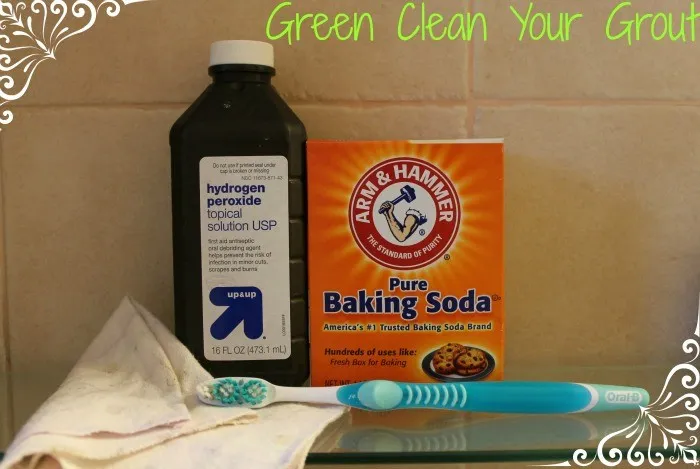
The main ingredient for this recipe is activated charcoal powder. Make sure to use food-grade activated charcoal, which is safe for consumption. You can find this in health food stores or online. Water is often added to create a paste-like consistency. Some people may also add a few drops of essential oils, such as peppermint, for flavor and added benefits. The key is to obtain the activated charcoal, which is readily available. The right charcoal source is essential for the best outcome.
Step-by-Step Guide
Dip a clean toothbrush into the activated charcoal powder, or mix a small amount with water to create a paste. Gently brush your teeth for about two minutes. Be sure to reach all surfaces of your teeth. Rinse your mouth thoroughly with water, making sure to remove all traces of the black powder. Some people follow up with regular toothpaste to ensure the mouth is clean. The frequency of using activated charcoal varies, but it is best to start with a few times a week to monitor the effects. This should not become a daily habit.
How it Works for Teeth Whitening
Activated charcoal is highly absorbent and binds to stains and impurities on the teeth. It helps to lift stains and remove surface discoloration, leading to a brighter appearance. The slightly abrasive nature of the charcoal also helps to polish the teeth. The main benefit is the removal of surface stains. However, it does not change the intrinsic color of the teeth like bleaching agents do. This makes it a good option for surface stain removal. The use should be cautious to avoid any enamel damage.
Recipe 5 Turmeric
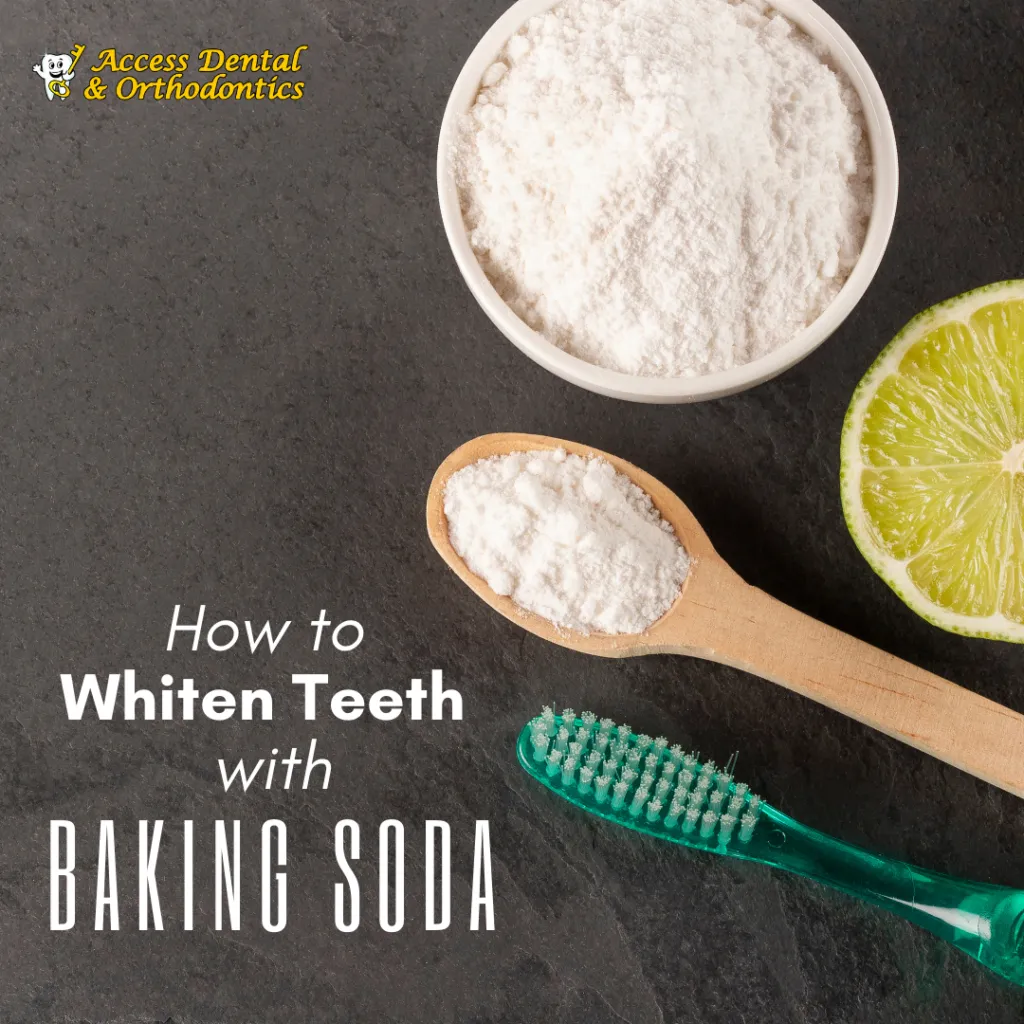
Turmeric, a spice known for its anti-inflammatory and antioxidant properties, is also used in teeth whitening. It is often praised for its ability to reduce inflammation and potentially contribute to oral health. While the whitening effect may not be as dramatic as with other methods, turmeric can help remove surface stains and support overall oral hygiene. Turmeric can also offer additional health benefits, which make it an interesting option for those seeking a natural approach to teeth whitening.
Ingredients for Turmeric Recipe
The main ingredient is turmeric powder. Make sure to use a high-quality, finely ground turmeric powder. Some recipes also include baking soda for extra abrasive action. Water is added to create a paste. You might also consider adding coconut oil to the mixture. These ingredients combined offer a natural and less abrasive option. The combination of these components makes it easier to apply and use for brushing. High-quality and the right ratio of these ingredients is key.
Step-by-Step Guide
Mix turmeric powder with a small amount of water or coconut oil to form a paste. Some people add a pinch of baking soda. Apply the paste to your toothbrush. Gently brush your teeth for about two minutes. Rinse thoroughly with water. Due to the potential for staining, it is essential to rinse your mouth very well. The frequency of using turmeric varies, but it is generally safe to use a few times a week. The recipe is safe and easy to use but proper rinsing is essential.
How it Works for Teeth Whitening
Turmeric contains curcumin, a compound with anti-inflammatory and antioxidant properties. These can contribute to reducing inflammation in the gums and potentially supporting oral health. Turmeric can also help remove surface stains, giving teeth a slightly brighter appearance. The abrasive action, especially when combined with baking soda, assists in stain removal. The benefits of turmeric are usually more focused on oral health, making it a great option for those who want to improve their smile and overall well-being. This option is safe for teeth with a very small risk of sensitivity.
Important Considerations and Tips
While these recipes can be effective, it’s important to approach them with caution. Always prioritize your oral health and listen to your body’s response. Start slowly, using any new recipe only a few times per week to assess how your teeth and gums react. If you experience any increased sensitivity, pain, or other adverse effects, discontinue use immediately. It’s essential to be gentle when brushing, as aggressive brushing can damage enamel, leading to sensitivity and other dental problems. Regularly monitor your teeth for any changes and consult with a dentist for professional advice. These precautions will help ensure a safe and effective teeth whitening experience.
Consult a Dentist
Before trying any teeth whitening recipe, it is always recommended to consult with a dentist. A dentist can assess the current condition of your teeth and gums, identify any underlying issues, and provide personalized advice. They can also advise you on whether a specific recipe is suitable for your teeth. Professional dental check-ups can detect potential problems early on. They can also offer professional teeth whitening treatments if needed. Consulting with a dentist will ensure you achieve the best results safely and with the right approach.
Proper Brushing Technique
Regardless of which teeth whitening recipe you choose, proper brushing technique is crucial. Use a soft-bristled toothbrush to prevent damage to the enamel and gums. Brush your teeth gently using a circular or back-and-forth motion, ensuring you reach all surfaces of each tooth. The recommended brushing time is two minutes. This brushing method ensures that the whitening agents are applied evenly. Proper brushing will help maintain healthy teeth and enhance the effects of any whitening treatment. This technique is very important for long term oral health.
Potential Risks and Side Effects
While these recipes can offer teeth whitening benefits, they also carry potential risks. The most common side effect is increased tooth sensitivity. This can happen due to the abrasive nature of ingredients like baking soda or the chemical properties of hydrogen peroxide. Gum irritation is another potential risk, especially if you have sensitive gums or use harsh ingredients. Enamel erosion, which weakens the teeth, is a concern if the recipes are used excessively or with acidic ingredients like lemon juice. It’s vital to monitor for these potential risks. If you experience any side effects, consult with a dentist and adjust your approach.
